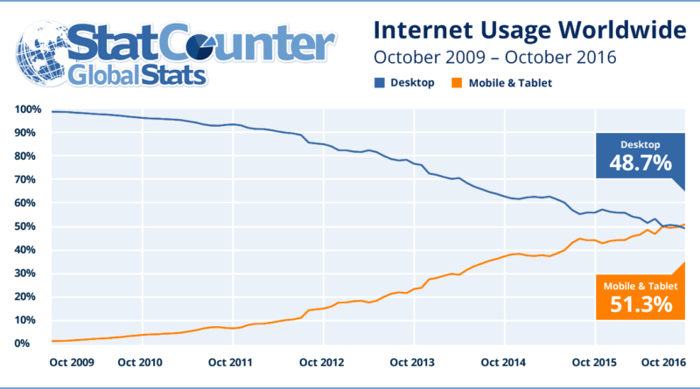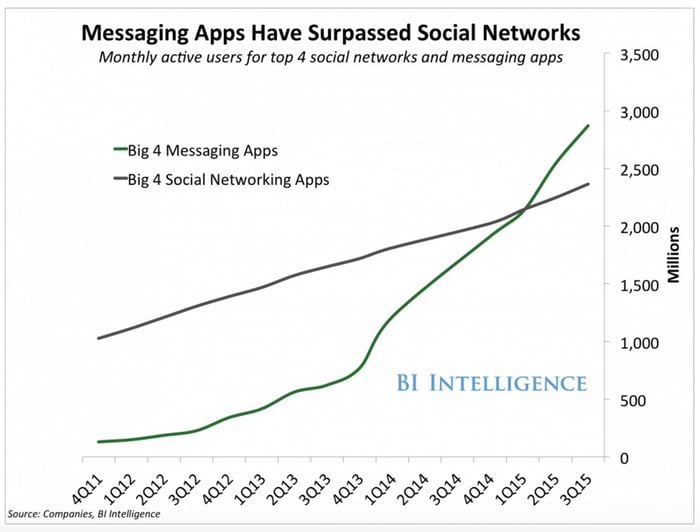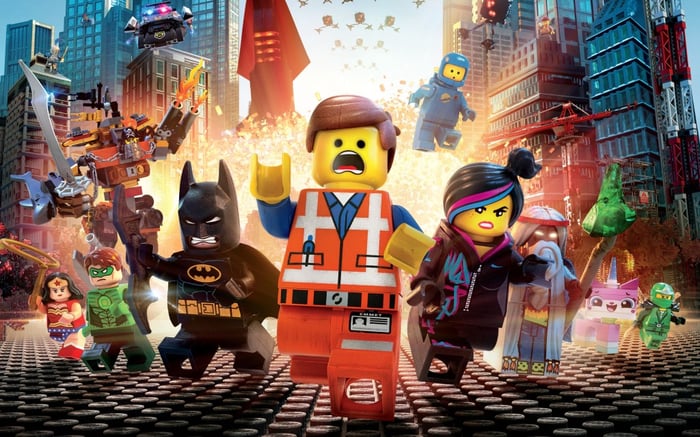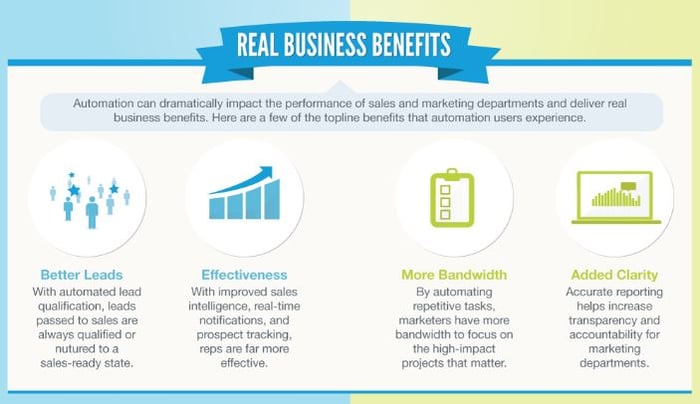This article is a follow-up to the first part of content marketing trends for 2017.
"In 2017, Content Marketing will be more demanding than ever. It's necessary to get started, in fact it's a vital imperative for many businesses!" (Rand Fishkin, founder of Moz)
Mobile Marketing
In recent years, the increase in online sales has been dramatic and has become the primary shopping option for many consumers.
Information is also increasingly accessed online. These two strong trends have found a new echo with the importance of the smartphone.
Today more than half of all web traffic comes from a mobile device.

Mobile marketing is therefore more than promising for 2017. The future will smile on the companies that will be able to set up a marketing system capable of capturing customer searches (or applicants !) and translating them into a nomadic environment.
The user experience on mobile is destined to become simpler for taking information as well as for making purchases of goods and/or services from any mobile terminal (including tablets).
Cross-device marketing
We have previously discussed the importance of mobile traffic but to focus solely on this channel is to overlook a large number of potential consumers, who use a laptop or PC/Mac in parallel, or in addition.

In 2017, you have to be able to follow your customer through their different multimedia devices, ensuring a perfect fluidity in their user journey as they move from one device to another.
User-generated content
Here's a stat to stick to your bathroom mirror: 85% of people trust content made by other users more than they trust content from brands.
Trust is kind of the secret ingredient of content marketing. In a sense, it's even the sole reason we do content marketing: to build that famous trust.
And if user-generated content is so much more effective at achieving that, then it is an absolutely must-have 2017 content marketing trend as these numbers prove.
User-generated content ("UGC" in the jargon) breaks down as social media posts, reviews, comments, and even YouTube videos.
So every customer you have is a potential micro-influencer. Know how to use it!
"Darwinian" advertising
This trend is based on the use of artificial intelligence algorithms to highlight digital advertising.
Google AdWords, for example, uses a clever mathematical calculation associating a search query with certain keywords of an advertiser in order to "score" its online advertising.
As searches "evolve," the algorithm aggregates information from multiple sources to submit an ad to the user that he or she is most likely to interact with.
To stand out in 2017, companies will therefore have to optimize all the creative components of their site and offer truly qualitative content to attract consumers and increase the impact of ads.
Mobile messaging apps
Like video on social networks, mobile messaging apps are making inexorable progress.
WhatsApp, Snapchat, Facebook Messenger or even WeChat are very popular because Internet users want new ways to communicate outside of the usual social networks.

Even though these users are fairly ad-averse, the growing use of mobile messaging allows businesses to reach their customers. This requires them to get creative by delivering good content to their Buyer Personas.
Native advertising
Until a few years ago, in the early 2010s, companies spent an average of 80% of their budget on creating original content versus 20% on promoting that content.
Now, the ratio has successfully balanced out, with a movement to create more differentiating content on which ads and promotions are aggregated.
As in Inbound Marketing, this method allows you to not interrupt the internet user while they are viewing content, while bringing direct visibility to the brand.
This is the whole principle of native advertising and what makes it so successful today with a large number of companies: According to Business Insider, Native advertising will account for 74% of total ad spend by 2021!
Brand Storytelling
The storytelling, if it isn't already, will become a key part of content marketing in 2017. Often a good narrative about a business matters more than just a case study. It also underscores that audiences are starting to tire of the idea of producing content for content's sake: you need to engage with your audience and tell them a story.
One of the most successful examples of brand storytelling recently is, of course, Lego, which literally tells excellent stories in movies (like LEGO Movie) featuring its products.

The Voice Search
Voice search, such as that offered by SIRI or Cortana, highlights the critical importance of a local keyword optimization strategy to answer a simple query such as "find me a plumber nearby."
If your business depends in part on a geographically identified catchment area, then your content will need to take into account this new way of searching for information.
Marketing automation
This is one of the most important tools of the Inbound Marketing in 2017!
Email is not dead and is even taking a prominent place in a modern Content Marketing strategy even if, unfortunately, too many companies still confuse it with spamming.
Based on different predefined engagement scenarios, automated emailing helps maintain trust and brand exposure in a personalized context that promotes trust.

Marketing Automation is an indispensable tool in the content marketer's toolbox this year.
Machine Learning
In an article published at the end of August 2016, Jeff Bulas makes a stark observation: "The Internet is experiencing an overflow of content."
As a subfield of artificial intelligence, machine learning or Machine Learning is a computer that is capable of running computer algorithms, which are programmed to learn from the data and information it receives.
The results obtained by these machines differ at each occurrence because they can modify their actions by re-injecting some of their own data in complex patterns.
In the long run, this system will enable the creation of marketing content that is increasingly tailored to specific consumer needs.
Conclusion
In 2017, the question you'll need to ask yourself is not whether you should work on your content marketing, but with what tools and from what perspective.
Most digital marketing experts predict a total abandonment of traditional techniques by 2025. We will then consider a static banner ad or cold emails as unbearable archaisms.
To accompany your content strategy in 2017, it is crucial that your content actually resonates with your target audience, in order to leverage data about your consumers' behavior and habits.
We've outlined several major trends that will dominate content marketing over the next few years, and you'd be wise to choose at least one of these approaches and experiment with it.
Your choice, of course, depends on your budget and resources, but if you get to work right away, you'll definitely see results by the end of 2017.








